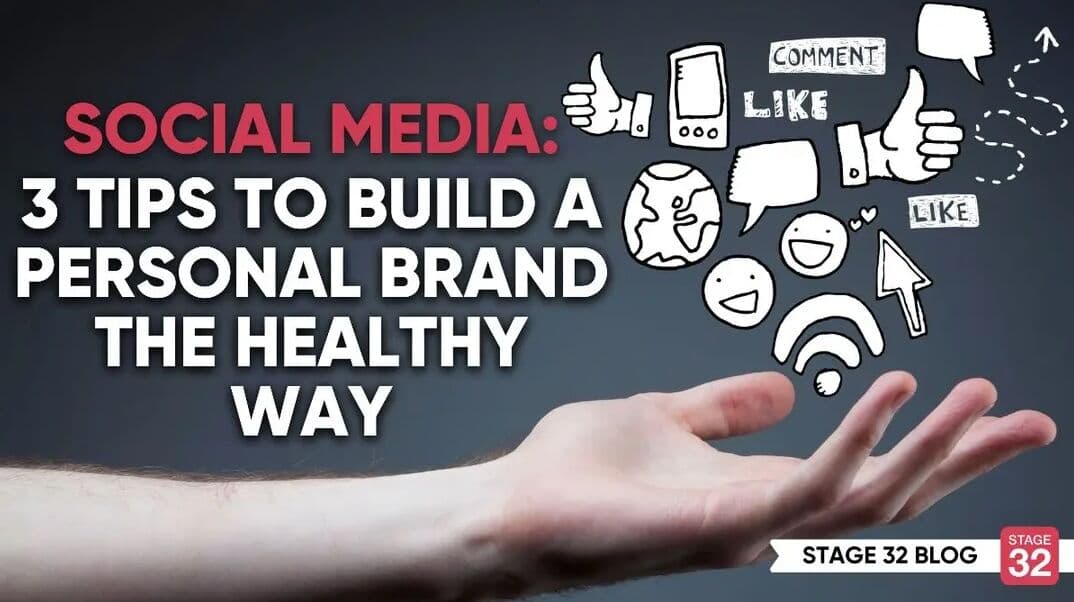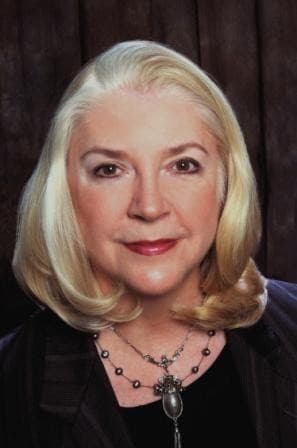5 Tips For Making a VR Movie

5 Tips For Making a VR Movie

You’re the writer-director of a new movie. It’s 6:05 pm. You put on your Oculus headset and watch the actors on the set act out the final scene. You say, “That’s a wrap”. The actors and crew look into the camera, smile and say goodnight. You take off your headset and slip under the covers.
Is VR film production truly that easy? In a word, yes. But in another word, no.
I virtually attended the NVIDIA GTC conference in April 2021 and discovered an impressive arsenal of VR production tools that specifically impact the entertainment industry and are enabling film crews to carry on while staying healthy and safe. Covid-19 has compelled movie production to become much more distance and safety-conscious. Although this “new normal” isn’t all that new (Hollywood survived the 1918 Flu Pandemic) this time around technology and consumer demand have created opportunities for filmmakers to keep on making films on set and from a safe distance using VR tools.
In this article, I’ll discuss 5 (easy) ways that filmmakers can capitalize on these high-tech gadgets to create impressive movie production without taking any unnecessary risks. I’ve also included some cool links at the end of the article that show VR production in action so read on and be amazed by what you can create virtually (and safely)!

EASY WAY #1 - CONTAINED SCRIPTS
There is currently a high demand for scripts that can be produced within smaller confines with fewer crew and talent congregating on set. Despite the “re-opening” of public and private spaces, experts predict that spikes in Covid-19 are expected and could again shut down businesses. Filmmakers and writers can prepare for any potential production interruption by ensuring scripts are adaptable to social distancing in front of and behind the cameras.
You can search for online classes that address how to create contained scripts. Get creative and incorporate VR technology to modify and create scenes an actor can shoot with minimal crew on a virtual set or where a synthetic human can be substituted (I’ll discuss that later). Intentionally including VR alternatives during the writing process will make the difference between a seamless, finished production and one that is delayed because of safety and distance concerns.

EASY WAY #2 - LOCATION, LOCATION, JUST ONE VR LOCATION
As I just hinted at, smaller “contained” productions hinge on limited locations. Specialized LED walls on virtual sets can provide realistic backgrounds that can fool the average moviegoer. Stage 32 CEO Richard Botto posted a blog about virtual sets used on The Mandalorian. LED walls can be rented or purchased via a quick online search. I even found an online calculator that predicts how big of a wall you will need and what it will cost.
The “photorealistic” images on the wall mimic any location you can think of which can save a lot of time. Both gaming and advertising experts at the NVIDIA conference have been using this technology for years. When travel restrictions are in place, it is too risky to send a person to physically scout an area. Traditional location professionals can be re-purposed to reconstruct partial physical sets that blend with the LED wall video and images, maximizing the creative capacity of a small set.

EASY WAY #3 - PREVIS, ANYONE?
No, Previs is not a new kind of French wine. This VR technology enables you to film the movie or key scenes before shooting!
The technology is widely available and is essentially an animated storyboard that realistically configures lighting choices, blocking, camera lenses, and angles. Filmmakers who can’t draw or are having difficulty articulating their vision of how a scene should “look” will find this particularly useful.
Although hardware exists that can detect if people on set are less than 6 feet apart, the beauty of Previs is that you can see where everyone is supposed to be ahead of time and make adjustments before any costly violations take place.

EASY WAY #4 - SYNTHETIC HUMANS DON’T GET SICK...
...and if they do, you can delete them (just kidding). Actors, wearing motion capture suits, can relay synthetic versions of themselves to computers. One advantage is that one or two actors could potentially play multiple roles for the purposes of Previs before bringing in additional talent and crew.
This could be a great alternative for scenes that normally require close contact, like hand-to-hand combat or romantic scenes. Motion capture suits and software can be rented or purchased and there is a nice range of options. Another takeaway from NVIDIA was that the human eye cannot tell the difference between a synthetic human and a real human at a glance. Synthetic humans are presently being used in some commercials. This breakthrough enables work on a production to quietly and safely continue uninterrupted.

EASY WAY #5 - PRE-PLANNING/PRE-PRODUCTION
As with any production, planning is key. VR production requires several additional layers of planning since specialized skills are involved.
At the NVIDIA conference, The Entertainment Technology Center of University of Southern California (USC) shared its VR production report detailing the challenges and benefits of producing a VR movie (available on their website, linked below).
Underestimating or overlooking details on a VR production can wreak havoc on the entire production. Sorting out which team is in charge of what and how best to coordinate or delegate tasks is critical. One of the main advantages of VR production is that multiple key team members can communicate decisions during production far in advance of the final cut with minimal re-shooting, etc. So plan ahead and get good advice to keep things under control and safe.

TO VR AND BEYOND!
The vast array of VR production tools far exceeds this brief overview. I came away from the NVIDIA GTC conference feeling very optimistic about the capabilities and usefulness of VR production to mitigate safety risks and maintain creative integrity. VR filmmaking is not coming “in the future” - it is here now and is economically accessible to all levels of filmmakers. As a Screenwriter, I definitely plan on using the Previs tool to “sketch” out my scenes to maximize creative value and demonstrate my commitment to set safety. Have you done a VR Production? Share the link and Comment on your experience below!
RESOURCES/LINKS:
RICHARD BOTTO VIRTUAL SET BLOG
PREVIS EXAMPLE LINKS:
USC ENTERTAINMENT TECHNOLOGY CENTER VR PRODUCTION
Let's hear your thoughts in the comments below!
Got an idea for a post? Or have you collaborated with Stage 32 members to create a project? We'd love to hear about it. Email Emily at blog@stage32.com and let's get your post published!
Please help support your fellow Stage 32ers by sharing this on social. Check out the social media buttons at the top to share on Instagram @stage32 , Twitter @stage32 , Facebook @stage32 , and LinkedIn @stage-32 .
About the Author

Colette "ByFilms" Byfield
Screenwriter
Screenwriter and deeply interested in Film Finance. Please make sure your Bio is complete (including Photo) before sending me a Connection Request. My favorite film genres are: Thriller, Action, Fantasy. I’m deeply interested in VR filmmaking.





